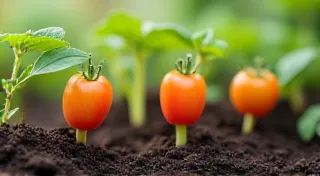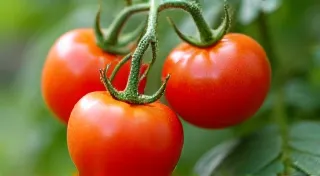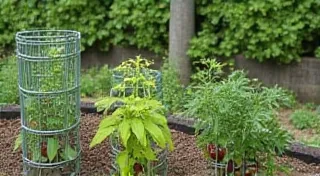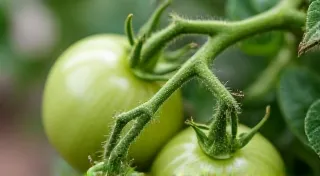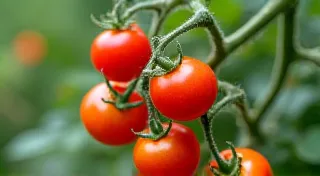Arkansas Traveler Tomatoes: Thriving in Appalachian Gardens
The Appalachian region, known for its unique microclimates and rich soil, provides a surprisingly ideal environment for many heirloom tomato varieties. Among the most beloved and well-suited is the Arkansas Traveler tomato. This article delves into the specifics of growing these exceptional tomatoes in Appalachian gardens, covering everything from soil preparation to pest control and harvesting.
A History Rooted in Resilience
The Arkansas Traveler tomato, originally from the Ozark region (which overlaps significantly with the Appalachian footprint), boasts a fascinating history. Developed in the 1940s by orchardist Keith H. Robbins, it was selected for its exceptional hardiness and productivity, qualities essential for surviving challenging growing conditions. Its reputation for robust growth and disease resistance made it a favorite among home gardeners for generations, and it remains a testament to the power of adapting plants to local environments.
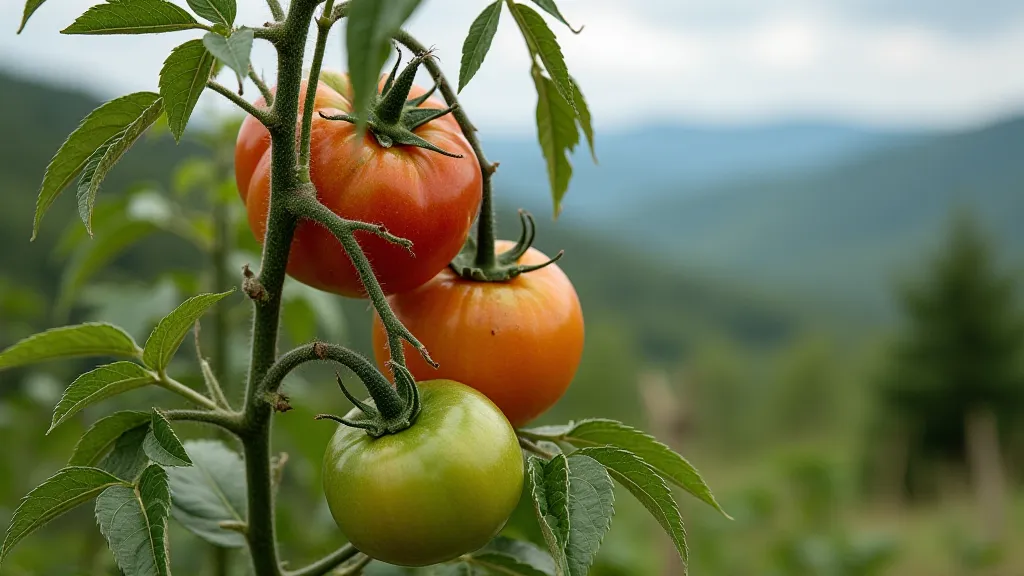
Understanding the Appalachian Climate
The Appalachian region presents a diverse range of climates, from the humid summers of the southern Appalachians to the cooler, shorter growing seasons in the north. Generally, expect warm, humid summers with ample rainfall and relatively mild winters. This translates to a longer growing season than many other areas, allowing for robust tomato growth. However, humidity can also contribute to fungal diseases. Knowing your specific microclimate – whether you're in the southern, central, or northern Appalachians – is key to tailoring your growing approach.
Soil Preparation: The Foundation for Success
Arkansas Traveler tomatoes thrive in well-drained, fertile soil. Prior to planting, amend your soil with plenty of organic matter, such as compost or aged manure. This improves drainage, aeration, and nutrient content. A slightly acidic pH (6.0-6.8) is ideal. A soil test is highly recommended to determine pH and nutrient levels. Raised beds are an excellent option, especially in areas with heavy clay soil, as they improve drainage and warm up faster in the spring.
Planting and Care
Start Arkansas Traveler tomato seeds indoors 6-8 weeks before the last expected frost. They are relatively easy to grow from seed. Harden off seedlings gradually before transplanting outdoors after the danger of frost has passed. Space plants 24-36 inches apart to allow for adequate airflow and sunlight.
Consistent watering is crucial, especially during hot, dry periods. Aim for about 1-2 inches of water per week. Mulching around the base of the plants helps retain moisture and suppress weeds. Staking or caging is essential to support the vigorous growth and heavy fruit load of Arkansas Traveler tomatoes. Regularly prune suckers (the shoots that grow between the main stem and branches) to improve airflow and encourage fruit production. Fertilize every 2-3 weeks with a balanced tomato fertilizer.
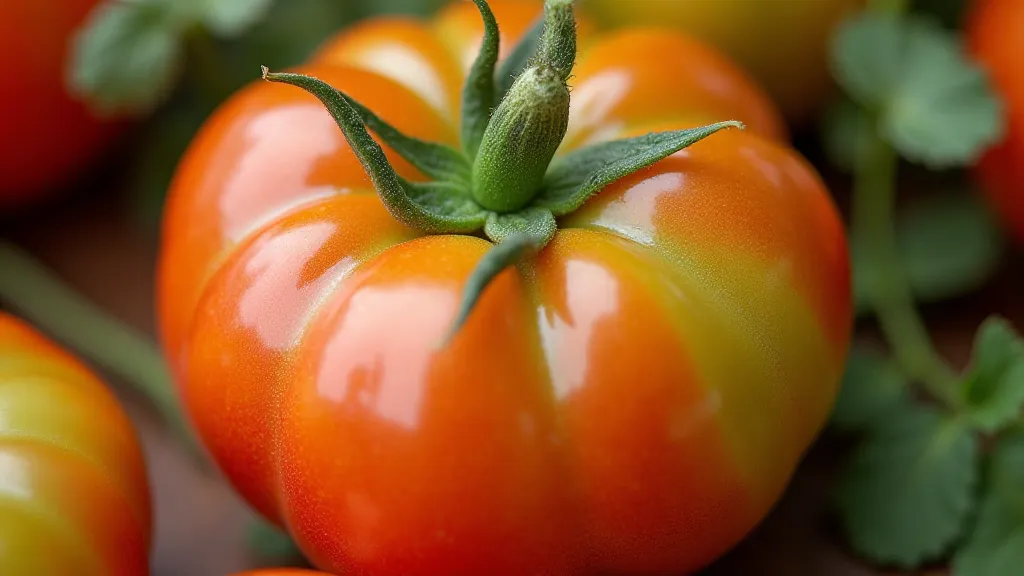
Pest and Disease Management
Arkansas Traveler tomatoes exhibit good disease resistance, but no tomato variety is completely immune. Common pests and diseases in the Appalachian region include:
- Tomato Hornworms: Handpick these large caterpillars off the plants.
- Aphids: Control with insecticidal soap.
- Early Blight: Improve airflow and avoid overhead watering. Copper-based fungicides can be used preventatively.
- Septoria Leaf Spot: Remove infected leaves promptly.
Good sanitation practices – removing fallen leaves and plant debris – are essential for preventing disease. Choose disease-resistant tomato varieties where possible, and rotate crops annually.
Harvesting the Fruits of Your Labor
Arkansas Traveler tomatoes are typically ready for harvest 75-85 days after transplanting. The fruits are medium-sized, with a slightly flattened shape and a beautiful pinkish-red color. They have a wonderfully rich, old-fashioned tomato flavor. Harvest when the fruits are fully colored and slightly soft to the touch. They store well and are excellent for fresh eating, canning, and sauces.
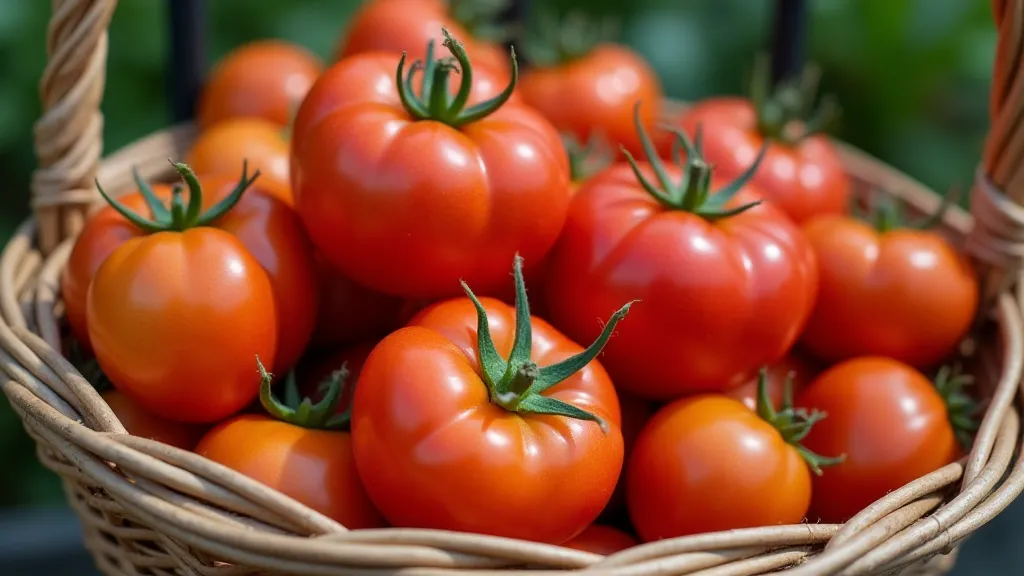
Conclusion
Growing Arkansas Traveler tomatoes in Appalachian gardens is a rewarding experience. Their resilience, flavor, and historical significance make them a treasured heirloom variety. By understanding the unique climate and soil conditions of the region and following the tips outlined in this guide, you can enjoy a bountiful harvest of delicious, homegrown tomatoes for years to come.

